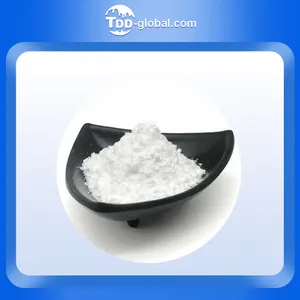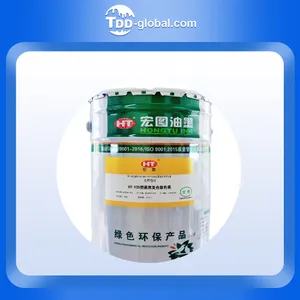[Compact Response]
Producing a 50/50 mixture of methanol and water is a straightforward process often used for various applications like fuel blends or antifreeze. Here's a simple method:
1. Safety First: Wear protective gear like gloves and goggles since methanol is toxic and flammable.
2. Measure Accurately: Gather equal volumes of methanol and water. You can use a graduated cylinder or a measuring cup for precision.
3. Mixing: Pour the methanol into a clean, non-reactive container (preferably glass or plastic). Slowly add the water while stirring gently to combine.
4. Double-check: Verify the ratio before use. If needed, use a hydrometer to measure the solution's specific gravity.
Remember, this mixture can be hazardous; handle it with care, store it properly, and avoid ingestion or skin contact.
Recommended Suppliers
-
 小敏测试128
小敏测试128 -
 5xiaominrenminbiAAABBB
5xiaominrenminbiAAABBB -
 Textured soy Protein Food Grade
Textured soy Protein Food Grade -
 High grade new design take away food packaging lunch box cornstarch 1250ml rectangle food container
High grade new design take away food packaging lunch box cornstarch 1250ml rectangle food container -
 Hongtu Brand HT-105 Original Yellow Environmental Friendly Regular Compound Printing Ink
Hongtu Brand HT-105 Original Yellow Environmental Friendly Regular Compound Printing Ink -
 Cellulose Ether 2500
Cellulose Ether 2500 -
 SUGAR ICUMSA 45
SUGAR ICUMSA 45
- •how to make 50 50 methanol
- •how many crankshafts are in a v8 automobile engine
- •how to make 50 50 methanol
- •low carbon dioxide in blood
- •Brief description of talcum powder wastewater treatment application and development suggestions
- •Longsheng Talc creates the world’s industrial “MSG”
- •Coating costs rise, application of talc powder can reduce costs
- •Application control of powder coating sand texture agent
- •A brief analysis of the cost of China’s talcum powder industry





